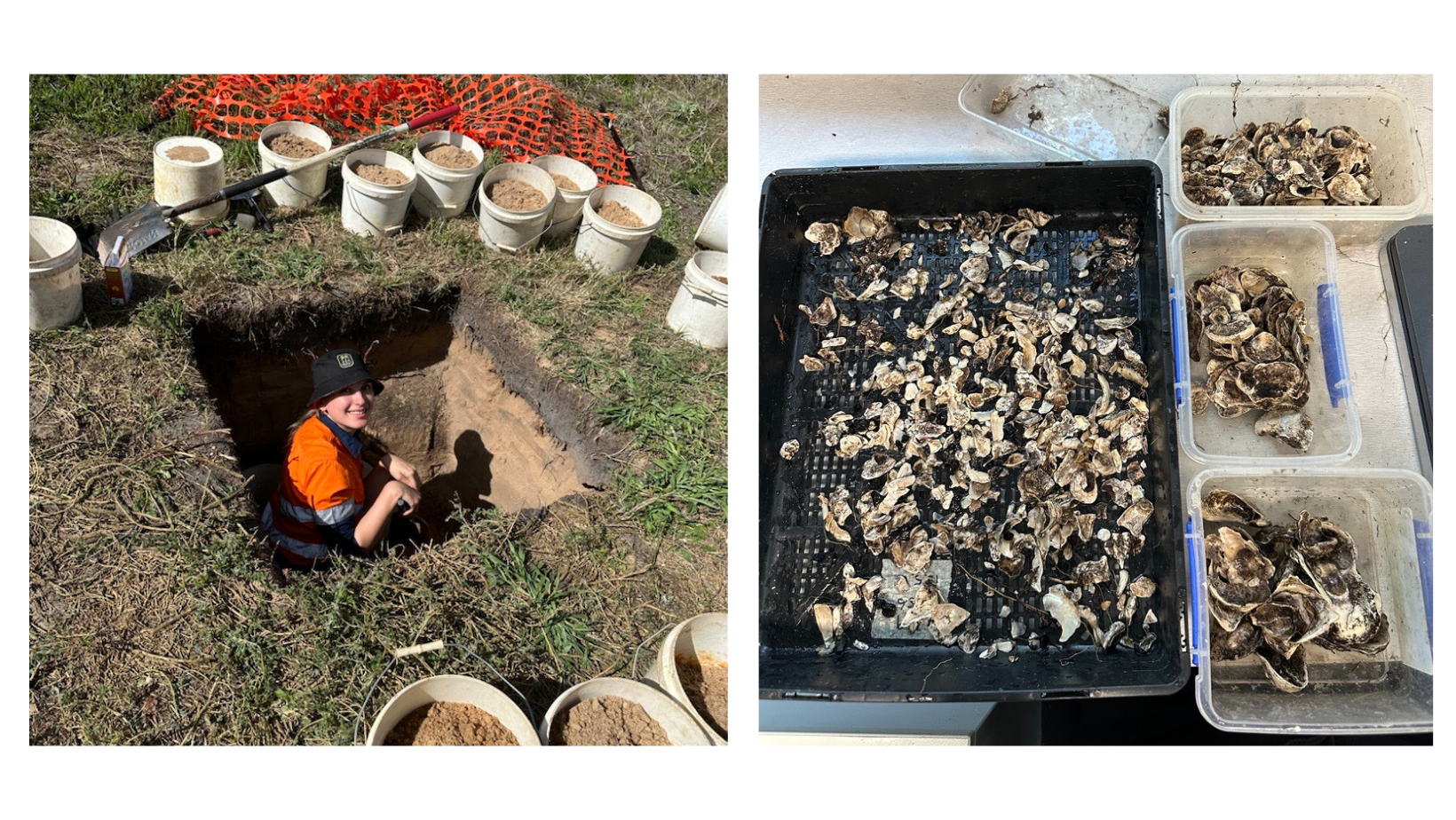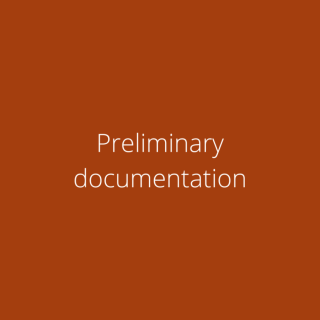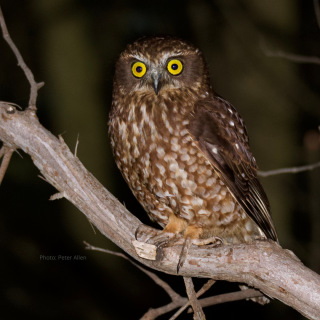Consultant Spotlight: Crystal Garabedian
Invertebrate zooarcheaology is a specialist subfield of archaeology that focuses on the analysis and interpretation of invertebrate taxa, such as molluscs and crustaceans, and their role in human history.
We recently sat down with Heritage Consultant Crystal — our resident expert on marine invertebrates — to discuss the significance of the discipline in cultural heritage assessments.

How did your interest in invertebrate zooarchaeology evolve, and how has it contributed to your role as a heritage consultant specialising in cultural artefacts?
For as long as I can remember, I have had an affinity to the coast. In my first year of university, I decided to combine my degree with archaeology. I was introduced to zooarchaeology as a second-year university student and was lucky to have an amazing lecturer who specialised in zooarchaeology.
For assessments I found myself gravitating towards the midden assemblages and research articles, and honestly the rest is history. Invertebrate zooarchaeology can sometimes be overlooked, the assemblages are often dominated by shells that at first glance seem pretty ordinary.
But people have not changed, we love to eat, and as it turns out, a lot of people loved seafood! At a fundamental level, middens can provide an understanding of diet composition. The information gathered from invertebrate zooarchaeological remains extends far beyond this. As a broader range of questions regarding human-environment interactions, culture and social structure, economies, paleoenvironments, ecology can be answered. While we can’t answer everything in every report we write, having a background in this subdiscipline has enabled me to make an informed approach to my excavation methodologies, analyses and report writing. It also feels kind of awesome when someone points at a shell to be able to give the scientific name.
How does Invertebrate Zooarchaeology play a role in cultural heritage assessments and when is your specialty required?
If you develop along the coast, as a lot of our clients do, at some point you will come across a midden. Middens can be sensitive sites, as Aboriginal people buried their deceased in and near them. It can be difficult to distinguish if your site is an in situ cultural midden, a redeposited cultural midden or just a natural shell bed.
I am called onto a project when shell material is identified and we need to access its cultrual relevance. Additionally, in NSW there are requirements under the Code if you want to excavate in an area near a known shell midden site. To do this, you need to obtain an Aboriginal Heritage Impact Permit. To get this permit, you need to provide a methodology and pose research questions. No two methodologies and set of research questions should be exactly the same, as no two sites are the same.
When it comes to middens, to write intentional research questions and a well thought out methodology, it helps to have a background in midden archaeology, site formation processes, invertebrate zooarchaeological remains and coastal geomorphology. An understanding in these contributes to setting up successful excavations and well-informed and executed cultural heritage assessments.
Can you share a specific project or example where your expertise in working with shells played a crucial role in a project? What were the key challenges and successes of that project?
I had a project along the coast where the client needed to conduct emergency grade works that would highly impact an area less than 15 metres away from a known cultural midden site. For this location, it was important that the methodology and research questions for this project consider potential site contents, site formation processes and coastal geomorphology, as the location was in an area with high fluvial movement and extreme erosion potential.
It was also imperative that the methodology was created with members of the Aboriginal community, who initially had reservations when asked to endorse the project. Having a strong background in coastal midden archaeology enabled me to create meaningful research questions and methodology and meant I was fortunate to have the trust of those Aboriginal community members who were involved throughout the project. It also meant that when an unexpected midden layer was found in an excavation pit, I knew exactly what to do.
For aspiring heritage consultants interested in specializing in shell artefacts, what advice would you give regarding skill development and career possibilities?
Get as much practical experience with invertebrate zooarchaeological assemblages as you can. Being able to identify and properly quantify shell is skill set that can get you far in Australian archaeology.
Also, learn from other disciplines including, ecology, geology and even economics. And if you want to know how to use invertebrate zooarchaeological remains in a way that informs beyond simple diet structures, learn about Human Behavioural Ecology.







